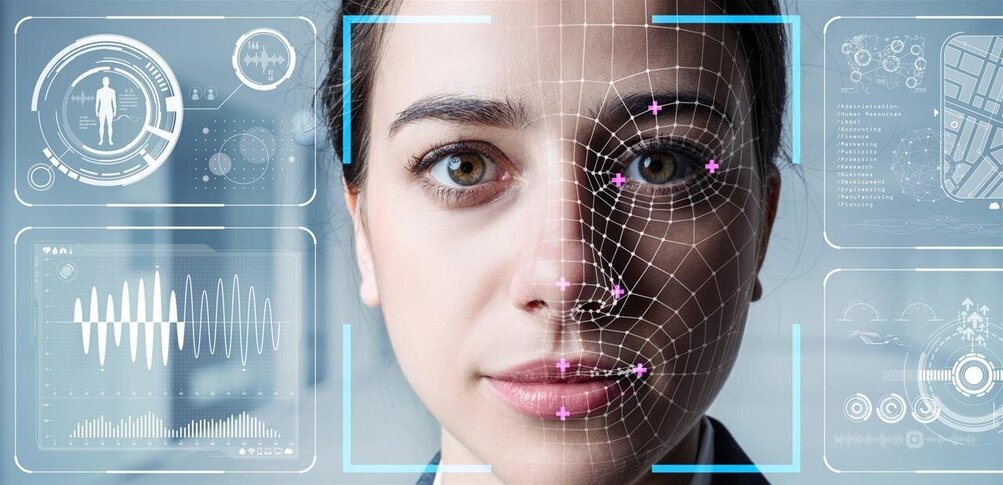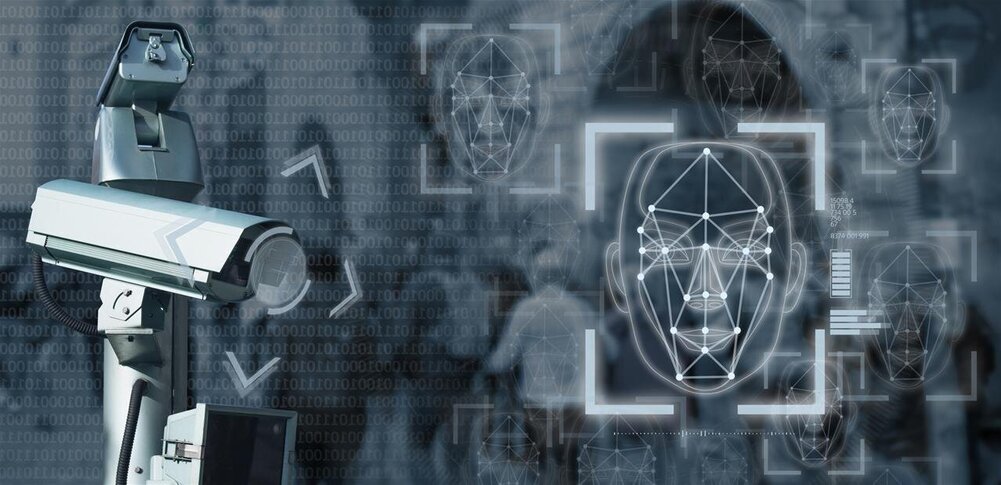On Wednesday June 14th, the European Parliament passed the EU Artificial Intelligence Act (AI Act). The EU Parliament, Commission and Council will now engage in a final trialog process to negotiate the final version of the law. This process will likely take a few months before the act officially becomes law. Much like how GDPR caused a global paradigm shift for data privacy, the AI Act will have a significant impact in the way organizations develop, deploy, and maintain their AI systems, while also paving the way for further regulatory action from other legislative bodies around the globe.
Machine learning engineers should not be expected to understand the full nuances of the regulation. That will be the responsibility of legal or compliance teams. AI/ML practitioners should be focused on innovating and driving new opportunities for efficiency and effectiveness. However, new responsibilities will emerge for these teams so a basic understanding of the regulatory requirements will be necessary.
Let’s start with one point of clarification about the AI Act: the regulation does not directly target the models themselves, as it’s impossible for regulations to keep up with the pace of AI research & development and model versioning. Instead, they will seek to regulate the people and the processes for how organizations develop and deploy their AI use cases. This means that the ‘day to day’ of machine learning and data science practitioners is about to go through a radical shift to ensure AI use cases are properly documented, reviewed, and monitored.
Mots-clés : cybersécurité, sécurité informatique, protection des données, menaces cybernétiques, veille cyber, analyse de vulnérabilités, sécurité des réseaux, cyberattaques, conformité RGPD, NIS2, DORA, PCIDSS, DEVSECOPS, eSANTE, intelligence artificielle, IA en cybersécurité, apprentissage automatique, deep learning, algorithmes de sécurité, détection des anomalies, systèmes intelligents, automatisation de la sécurité, IA pour la prévention des cyberattaques.






